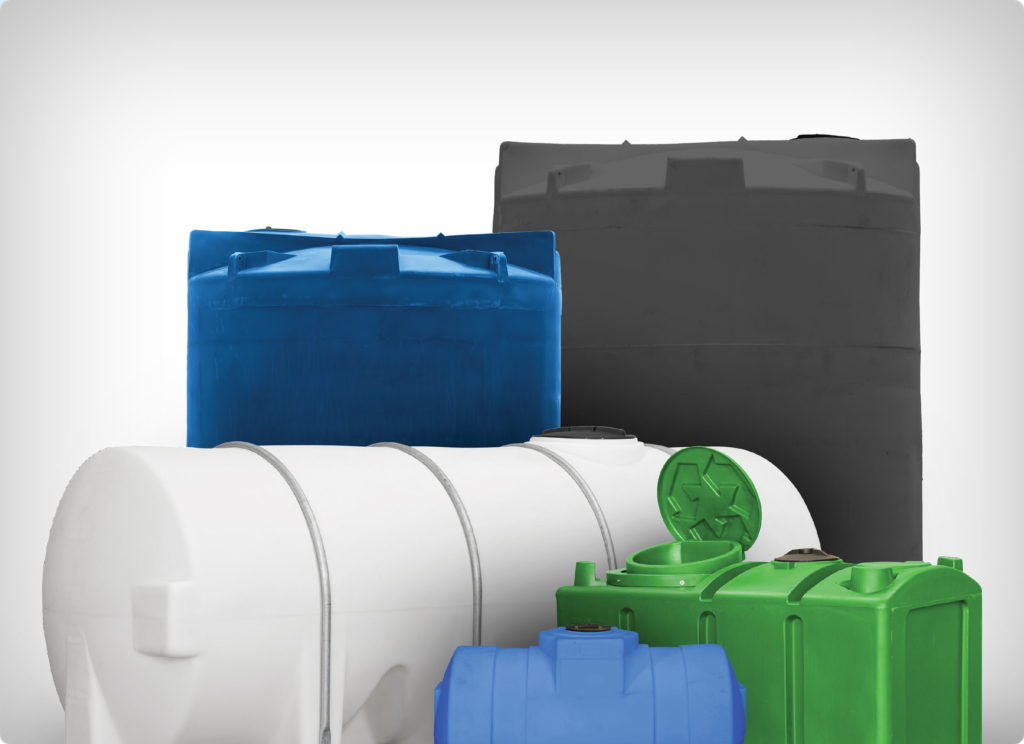Innovations in Rotomolding Technology: What’s New in 2025?
Rotational molding, commonly called Rotomolding, remains to evolve with cutting-edge improvements operating the forward. Distinguished for providing smooth and tough plastic components, that strategy has acquired a lot more interest due to its sustainability possible and versatility. Here's a review of what's trending inRotomoldingtechnology in 2025. Sophisticated Product Development One of the very most significant advancements in rotomolding this year is the use of modern materials. Companies are trying out biodegradable polymers, offering eco-friendly solutions to old-fashioned plastics. The integration of graphene-enhanced polymers can also be making dunes, offering unmatched longevity and heat resistance to cast products. Reports suggest that the ownership of those components has improved production efficiency by nearly 20%, while concurrently catering to the rising demand for sustainable solutions.

Clever Rotomolding Equipment The introduction of intelligent rotomolding devices has expanded performance and detail in production processes. Built with AI-driven heat controls and real-time tracking sensors, these machines allow suppliers to create more complex shapes with unparalleled consistency. By automating formerly manual jobs, these improvements lower substance spend and cut generation instances by up to 25%, as noted in market analyses. Multi-Layer Rotomolding Procedures With customer demands for functional products and services on the increase, multi-layer rotomolding has appeared as a game-changer. That strategy enables the development of products and services with multiple useful layers, such as for instance an interior coating enhanced for durability and an outer layer designed for aesthetics. A recently available study of companies discovered that businesses using multi-layer operations found an one month upsurge in customer care because of increased solution functionality. Energy-Efficient Methods Sustainability remains a vital concentration, and in 2025, rotomolding services are adopting energy-efficient heating systems to mitigate their environmental impact. Improvements like infrared-based heat techniques have been shown to reduce energy consumption by approximately 15-20%. Equally, organizations are utilizing recirculation systems to sell surplus heat, more lowering detailed expenses and carbon footprints.

Growing Programs in Niche Markets Rotomolding is creating their tag across varied industries, including agriculture, automotive, and green energy. As an example, the manufacturing of large, smooth tanks for rain harvesting has grown by 18% in 2010 alone, highlighting the technology's flexibility to meet up market market demands. With your improvements, 2025 is demonstrating to be a critical year for rotational molding. As material technology, AI engineering, and sustainable practices converge, rotomolding is set to generally meet complicated business requirements while setting criteria for effectiveness and eco-consciousness. Business insiders anticipate a lot more breakthroughs as the year unfolds, securing rotomolding's role as a number one generation technology.